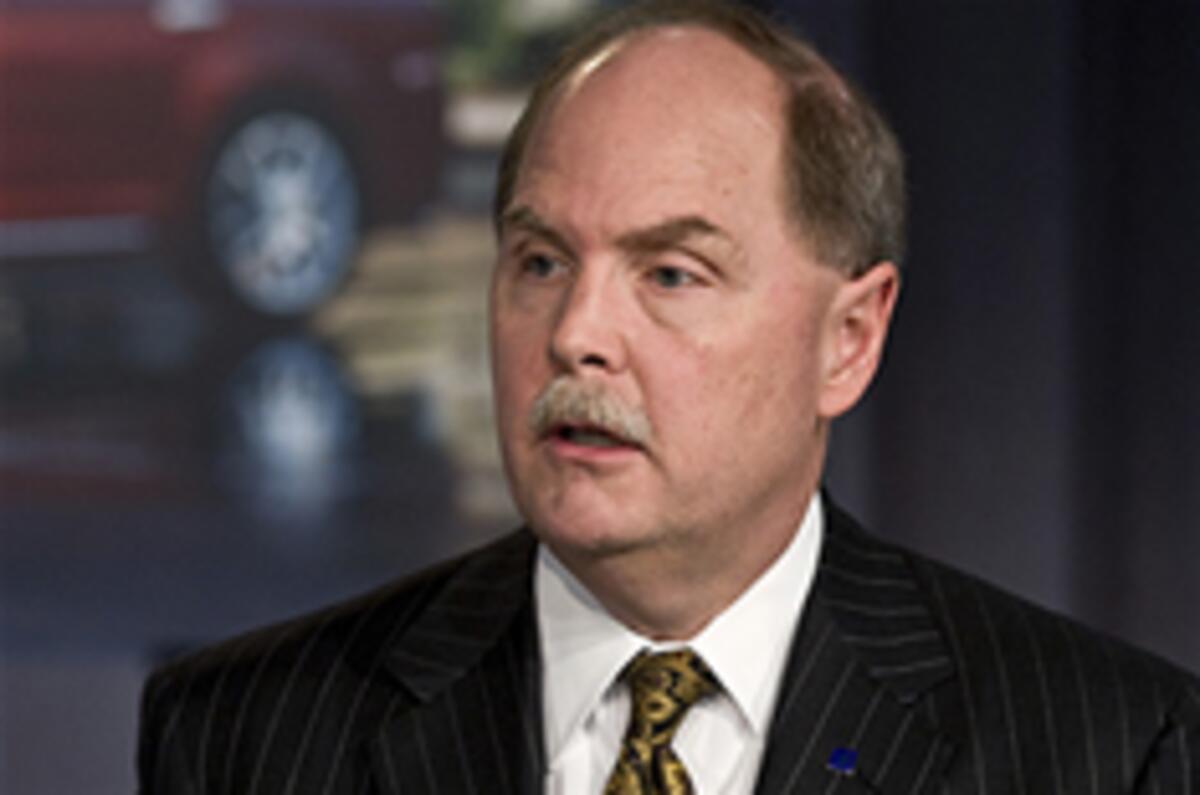This has been an unusual few weeks for General Motors in an unusual year - and here GM CEO Fritz Henderson tells Autocar why.
GM posted its first year-on-year US sales increase since early 2008 and then followed that up with the surprise announcement that it would, after all, be keeping all of its European operation.
And according to Henderson, things are looking notably better than the company anticipated when it emerged from its lightning dash through bankruptcy mid-year.
GM dropped a bombshell earlier this month when it decided not to complete the sale of Vauxhall/Opel. That’s kicked off quite a furore, and the German government is demanding you repay the three billion euro loan that kept Opel running earlier this year.Henderson: "Obviously, we’ll pay down the loan when it’s due, at the end of November. Our liquidity is good enough to do it. Then we’ll resubmit [a request for a government loan] to those countries that have expressed an interest. Things have improved there [in Europe] and, if need be, we can take a royalty holiday."
There’s a lot of finger-pointing, and the Germans and the Opel unions are mad at GM. Are you concerned about the German government having tried to force you into the sale?You’re not going to hear any criticism of the German government from me. Let’s face it, if the bridge loan hadn’t been in place, Opel would have failed.
So now what? Will you cut jobs in Europe?The business had to be restructured. Anyone’s plan would have done that, Magna’s or ours. I don’t think anyone could leave things unaddressed. I think the interest of the German government is to have a viable Opel, and in that our interests are fully aligned.
How many of the European plants will be kept open?Our plans call for a substantial reduction in capacity and our workforce. Our people will hear those details first.
Until the bankruptcy, the plan had been to grow economies of scale by using Opel products for the Saturn division. Now Saturn is being dropped. Doesn’t that create a problem for Opel?We linked the Buick Regal and LaCrosse, in China, with the Insignia. The economies of scale were very powerful. Leveraging those vehicle programmes in China produced a much greater volume than would have come from Saturn. I don’t think we’re going to miss a beat. Will the decision to retain Opel have any impact on Chevrolet’s global strategy?There will be no change. We hadn’t expected any change when we did the Opel deal and won’t now. We’re pursuing a multi-brand strategy in Europe and Chevrolet products make it easier to put Opel where it needs to be. Trying to move Opel up and down was really difficult; it needs to be in the middle of the market. Chevrolet can build on the bottom.
What are we seeing with the Russian market?It will end up this year at 1.4 million; last year it was 3.2 million. But we’re pretty confident it will recover. Two-thirds of our Russian volume is Chevrolet. We knew Chevrolet would be the engine of growth there, but we didn’t know it would drag Opel along too.
The General Accounting Office (an independent US government agency) has issued a study which says it does not expect GM — or Chrysler — to fully pay back the $80 billion bailout they received from the US government. What’s your reaction to that?It’s my fervent desire to show that the report was wrong. [Stakeholders] will get a return based on our ability to create value in our stock. The GAO talked about the prior peak value of our stock [which would not have been enough to fully cover the taxpayer loan]. But that was back when there were huge numbers of claims on the corporation’s revenues.Now, after the bankruptcy, the claims on that revenue ahead of the shareholder have been greatlydiminished, so our ability to generate return for the shareholder and drive the value of the stock is greatly increased.




Add your comment